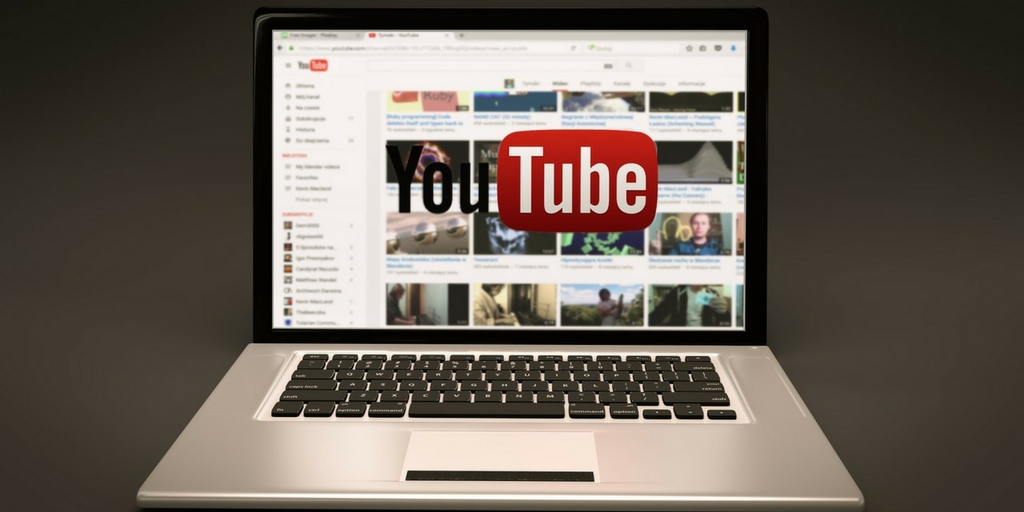YouTube creators focus on audience engagement, as opposed to branding, which helps them organically grow an authentic loyal following.
I recently watched a video from Truly Social President and Founder Tara Hunt about the genius of YouTube creators. She offers truly valuable insight into why people with little technology and resources have been more successful in growing a loyal audience with video than corporate campaigns with all the money and creativity in the world.
Perhaps it’s worth saying first: Yes, video can work for the supply chain. And YouTube, in particular, can be very worthwhile as part of your larger social marketing strategy. The decade-old video platform has over 1.3 billion users. 1.3 BILLION! And that’s not all: Users watch over 5 billion videos on YouTube every single day, and upload 300 hours of video every minute.
This presents a huge opportunity for your company to reach prospects in a new way. It also means that your videos really need to stand out to make an impact and avoid getting lost in the shuffle. After all, approximately 20% of people who start a video will leave after the first 10 seconds.
So how are creators attracting viewers while corporate brands aren’t?
5 ways creators are out-YouTubing brands
1. Consistency
Creators know the success behind their YouTube channels is a constant stream of content. This be can new content or simply responding to their followers, but they are active every day, around the clock. Brands tend to spend a lot of time and energy on content but are inconsistent in their posting, often abandoning their YouTube channels for days or weeks at a time. Their followers become bored with their lack of attention and move on.
2. Community
The foundation of YouTube — and most social media platforms, actually — is community and the resulting two-way dialogue between creators and their followers. The intent of a creator’s video is to engage their audience and build a relationship that is beneficial to both parties. On the other hand, brands tend to be overly focused on the attention their content stirs up, the “buzz” they are able to draw, neglecting the important process of creating and nurturing a relationship with their followers.
3. Interaction
Companies often focus on pushing their “messaging” on one (or just a few) social media platform(s). They spend an enormous amount of time and money perfecting content that reflects this messaging, hoping their followers will engage with it.
Contrarily, YouTube creators focus on interaction. They interact on multiple platforms, reaching out to their audience and taking full advantage of every opportunity to connect with their followers. What’s more, successful YouTubers don’t merely expect engagement — they ask for it. They promote hashtags, solicit video responses from viewers, and encourage feedback via social media interactions. Calls-to-action can stimulate subscriptions, shares and cross-pollination with other platforms.
4. Connection
Gone are the days of expensive and lengthy productions. Creators have captivated their audiences by creating organic, raw material that focuses on the emotional connect. The polished and professional content that brands create are void of vulnerability and lack the connection today’s followers are seeking.
5. Collaboration
Creators root for one another; they follow one another; they promote one another. YouTube creators seek the opportunity to expand their audience by collaborating with other creators who focus on the same topics and interests. Through the power of collaboration, creators expand the exposure of their content to different audiences, gaining subscribers and views.
Brands see other brands as competition. In a time when audiences prefer engagement and social awareness, this competitive attitude hurts brands’ likability and ultimately diminishes their viewership.
If companies were to focus more on audience engagement in these ways, they would have a better chance at mimicking the wild success of YouTube creators who have amassed a loyal following.
Related posts:
- YouTube for Business 101
- Cheap and Easy Tools for Creating YouTube Videos
- Seven Ways to Get More Views on Your YouTube Videos

